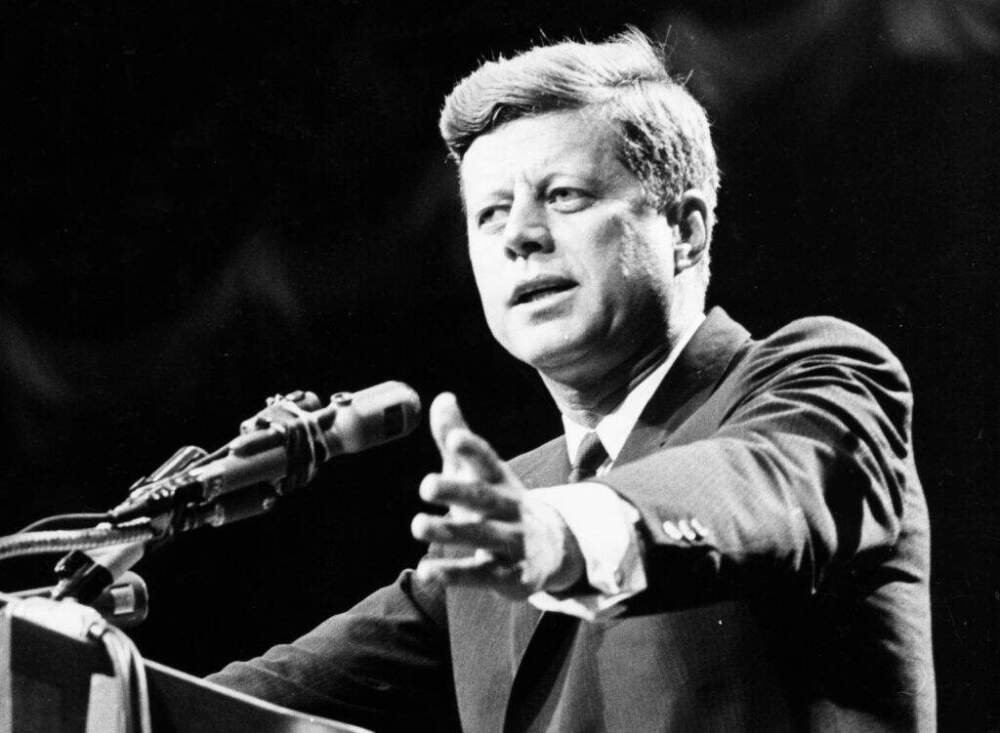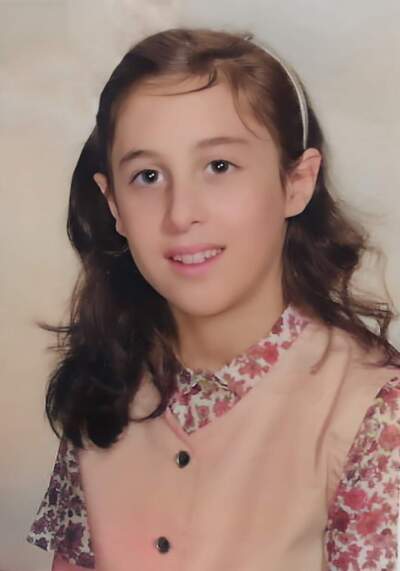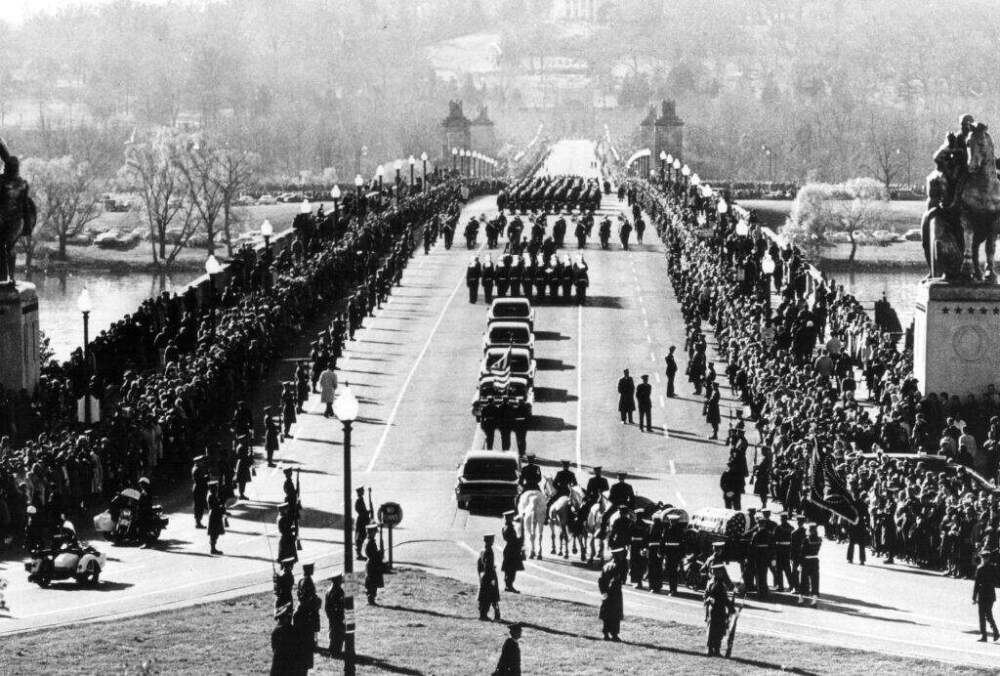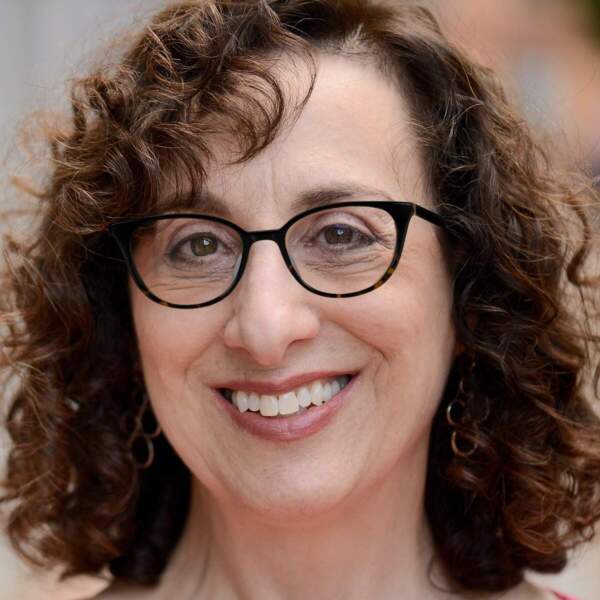Advertisement
Commentary
I was in 4th grade when John F. Kennedy was shot. I remember it like it was yesterday

Today marks 60 years since President John F. Kennedy was assassinated. For those of us old enough to remember, that date is not just a marker in history, it’s a marker on the soul.
I was 9 years old in 1963 — aware of current events and intensely curious about politics, maybe because my parents were journalists and active in local Democratic causes. On this anniversary, I offer my memory of that day and the days immediately following the assassination, as seen through the eyes of my fourth-grade self.
I sat at the foot of my parents’ bed, staring at the flickering black-and-white images. The TV was a 12-inch RCA with a green plastic exterior. I loved watching television, but that Friday my stomach felt upside-down and inside-out. Everything felt different, as if things would never be the same.
November 22, 1963, was a special day for my class. Our teacher, Miss Drury, was getting married the next day and our class had planned to throw her a surprise party. Sally Lamb and I had collected nearly $14 to buy a yellow casserole dish, which the saleslady wrapped in spangly gold paper.

Miss Drury never suspected a thing. We’d asked Mr. Rogers, the principal, to call her to his office and while she was gone, we brought out a cake and Hawaiian Punch and put the gift box on her big wooden desk so she’d see it right away. We were about to burst with excitement.
Then we heard the clickety-click of her heels in the hallway. She entered, gasped and broke into a huge grin. I thought she was beautiful — tall and thin, with short brown hair and dark eyes. She was 24. To me, a real lady.
After the party, the girls changed into our one-piece royal-blue gym uniforms for square dancing lessons. Something odd was happening, though, because Mr. Drago, the gym teacher, was sitting on a stool, two fingers twisting the whistle around his neck, a serious look on his face. He looked up and said softly, “The president was shot.”
“President Kennedy?”
“Yes. He was shot in Dallas, Texas. I just heard it on the radio.”
Nobody moved. More girls ran in squealing but quickly stopped when they heard the news. We changed our clothes in silence and went back to class, where Miss Drury told us to be quiet and pray. She dabbed away tears with her lacy handkerchief. No one knew what to do. The whole room felt eerie.
“Attention, attention,” Principal Rogers then announced over the P.A. “I have sad news to tell you. President Kennedy just died. He was shot about an hour ago while driving in a motorcade in Dallas, Texas. They are trying to find the person who killed him. You will be dismissed early today. Right now, please come to the playground while we lower the flag to half-staff.”
Once I got home, all I could do was watch TV, hour after long hour. The Texas School Book Depository. The capture of Lee Harvey Oswald. The news about the policeman who was shot too, J. D. Tippit.
Two days later, I watched the flag-draped coffin on an open carriage. The riderless horse. The rhythmic beat of the snare drum tapping TUM TUM TUM tadadada TUM TUM TUM tadadada TUM TUM TUM tadadada TUM TUM ta TUM. Jackie and Caroline kneeling beside the casket in the Capitol rotunda.
That same Sunday, Jack Ruby entered the jail and shot Oswald in the stomach. I watched that replay at least a million times — Oswald’s twisted face, the tall sheriff with the cowboy hat lunging after Ruby, the confusion, the shouting.
Suddenly, nothing made sense. Suddenly, scary things were happening and we had to figure them out the best we could.
In 1960, when I was 6, I’d shaken President Kennedy’s hand at a campaign rally. He was so tan and handsome. On television, he always smiled and made people laugh. His singsong accent had a comforting quality. I remember Caroline had a pony named Macaroni. Jackie spoke in a whispery voice I tried to imitate. When my family visited the White House in 1962, I wished I could move in with the Kennedys. Bright, colorful rooms full of dreams and hope.
I spent four days in 1963 watching the flickering black-and-white images of death. It was as if they extended beyond the screen, into the space at the foot of my parents’ bed. Black-and-white clouds merging into muted gray — a gray that, right then and there, surrounded my innocence and dimmed it forever.
I’m 69 now. In the past six decades, we've witnessed more violence, more assassinations. And war, mass shootings, natural disasters and terrorism. These events saturate our lives now — in vivid color. Sometimes, the cumulative grief, fear, and outrage are nearly impossible to bear. People argue incessantly, disagree about right or wrong, fair or unfair, truth or lies. Sometimes it feels like my only choice is to numb or distract myself. Sometimes I feel alone and overwhelmed.
But on November 22, 1963, we were seemingly united in our shock and sorrow. Old, young, rich, poor, Black, brown, white, Democrat, Republican. On that day, it felt like innocence dimmed not just for one idealistic fourth grader, but for the whole world. And we grieved as one.


